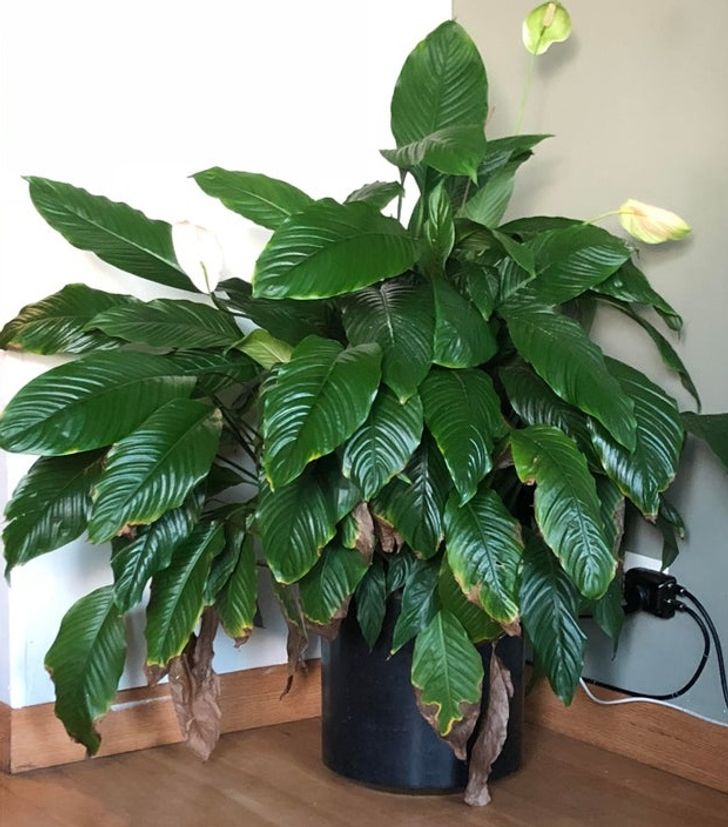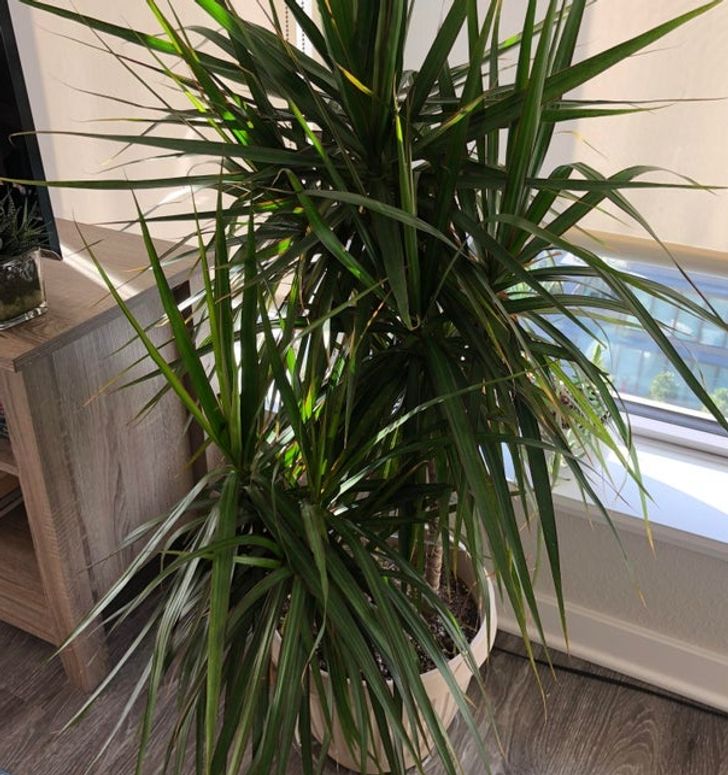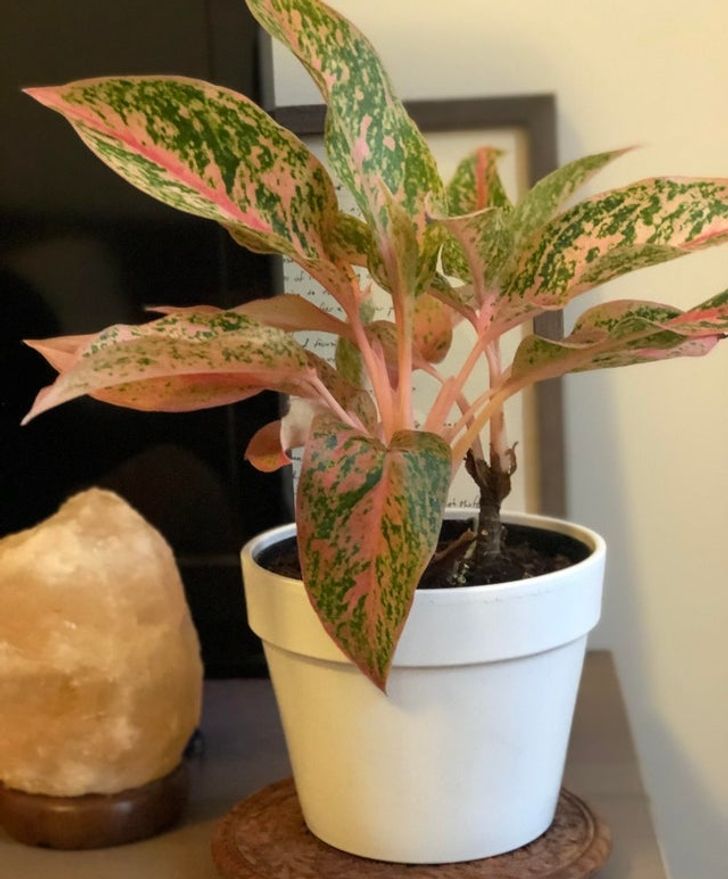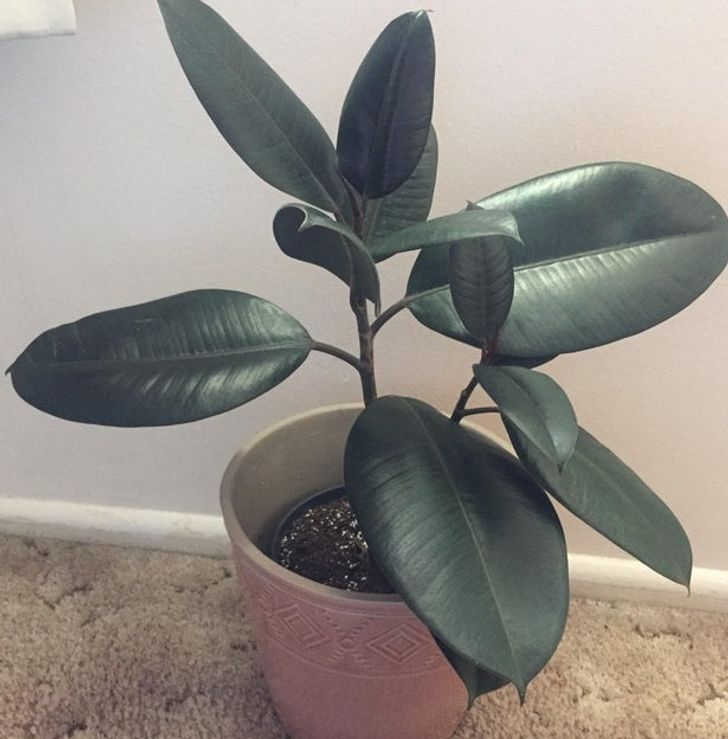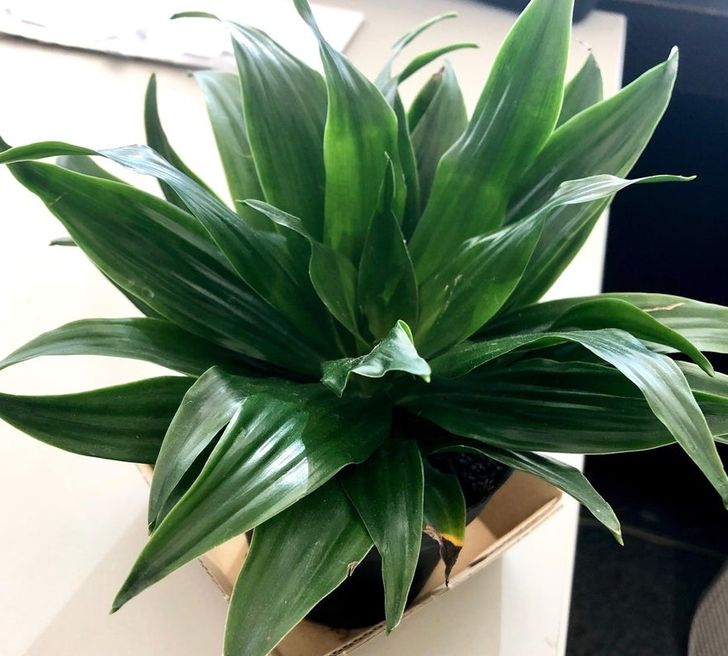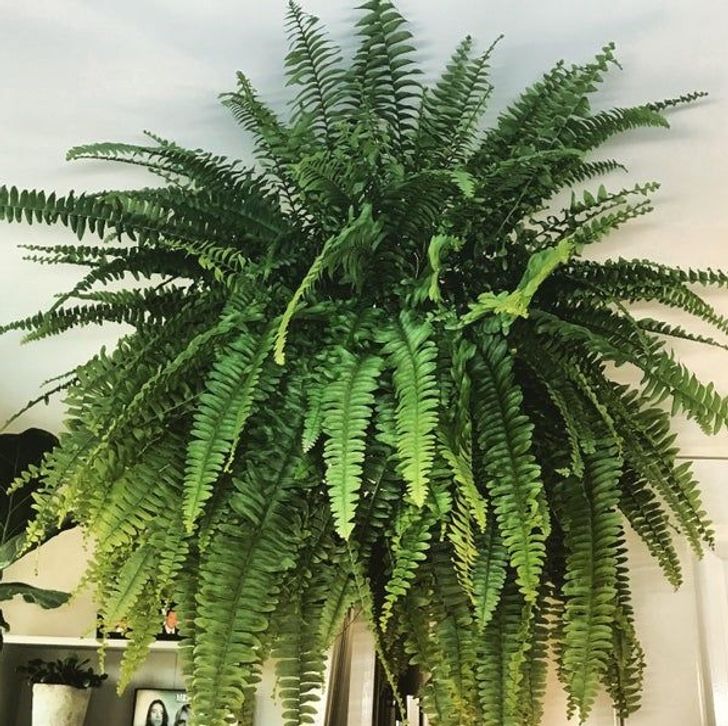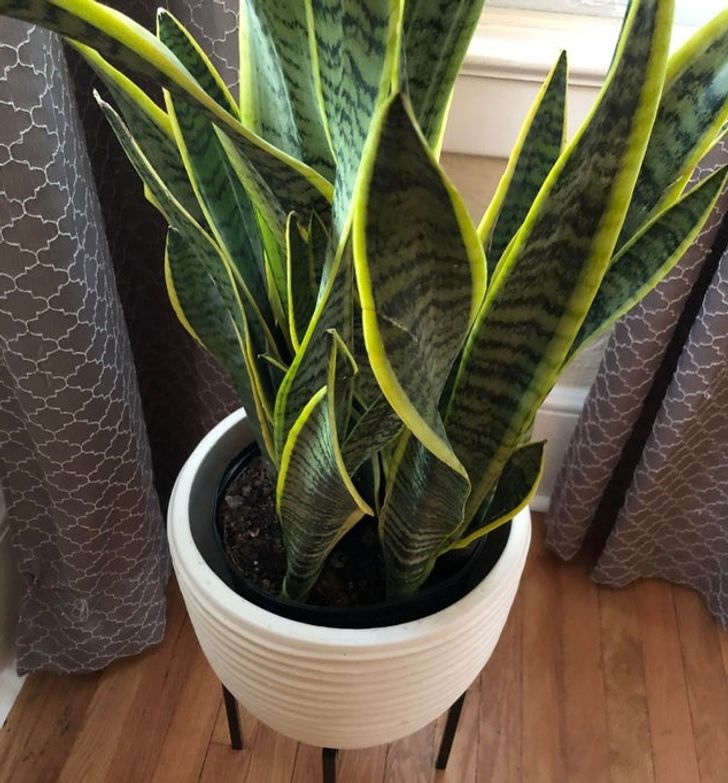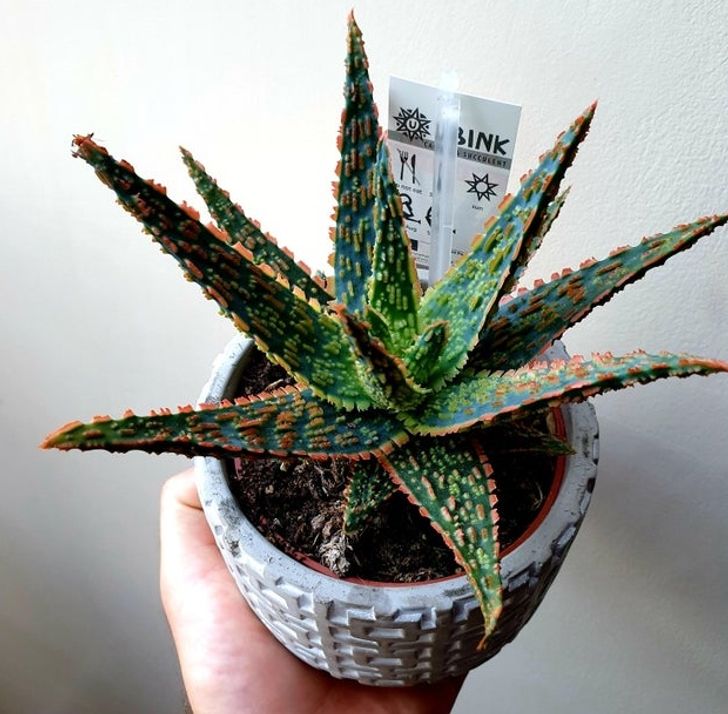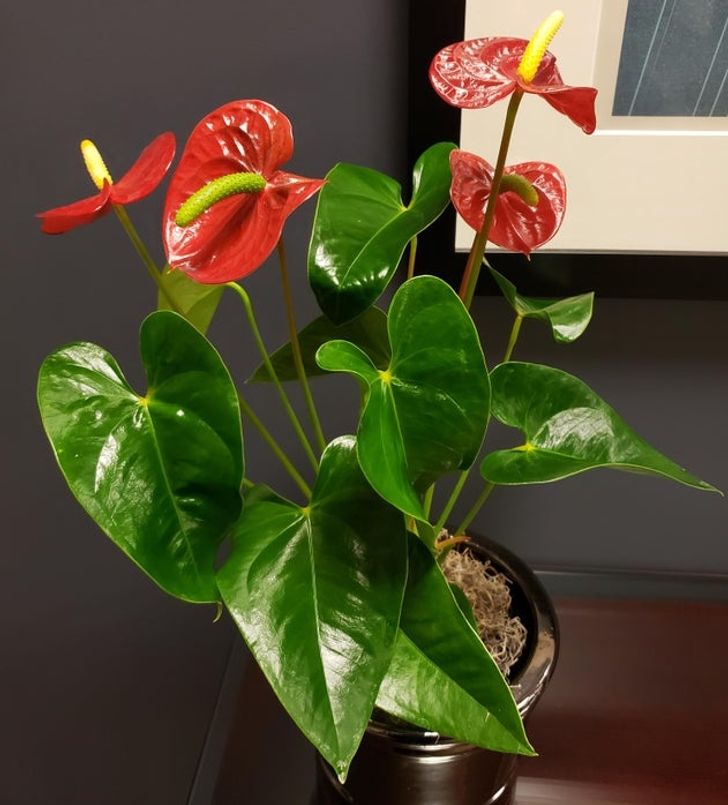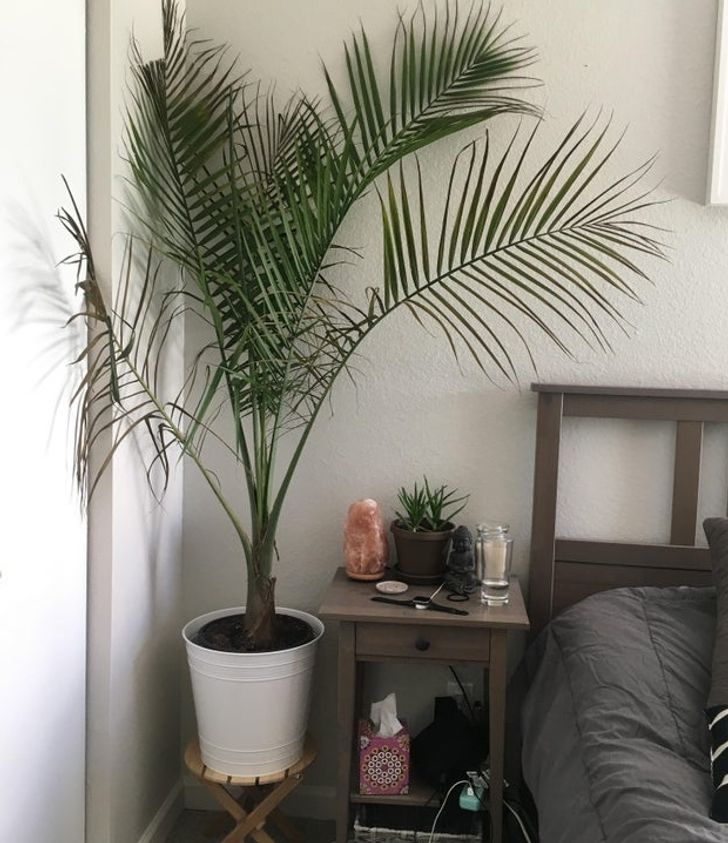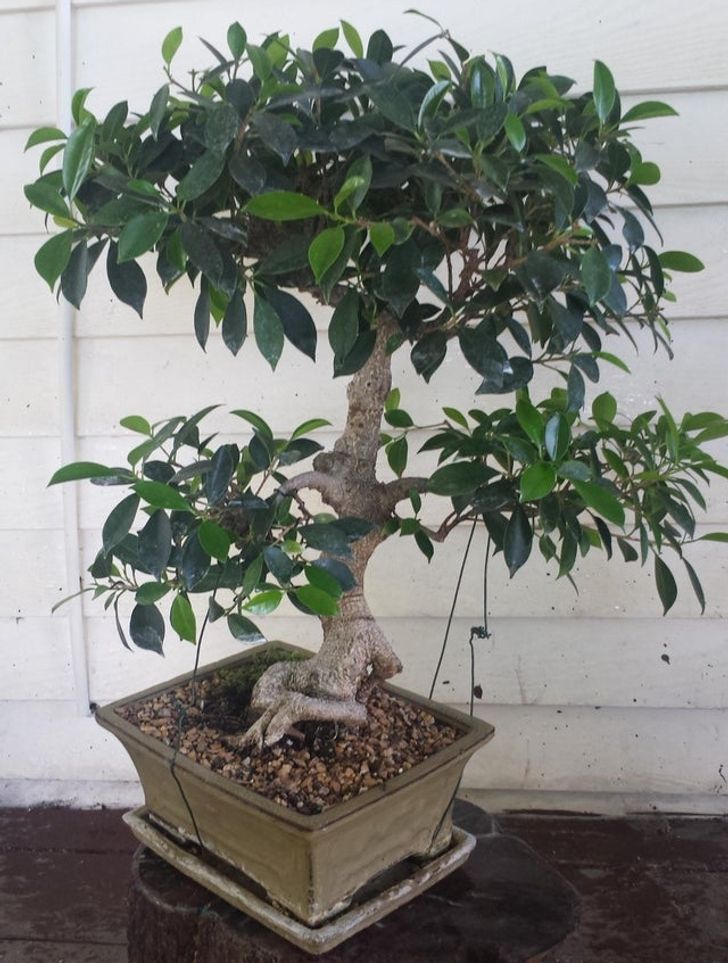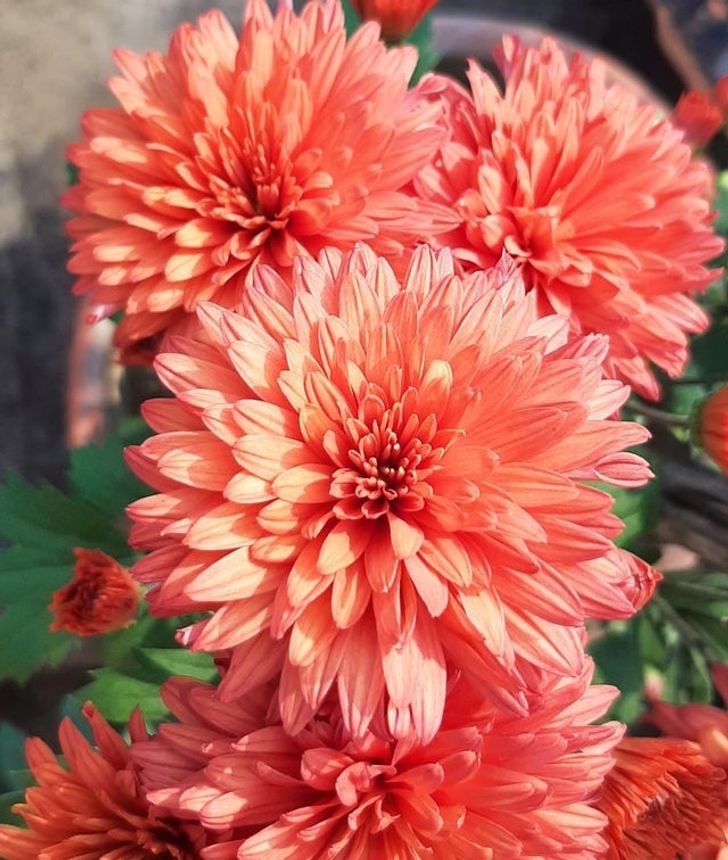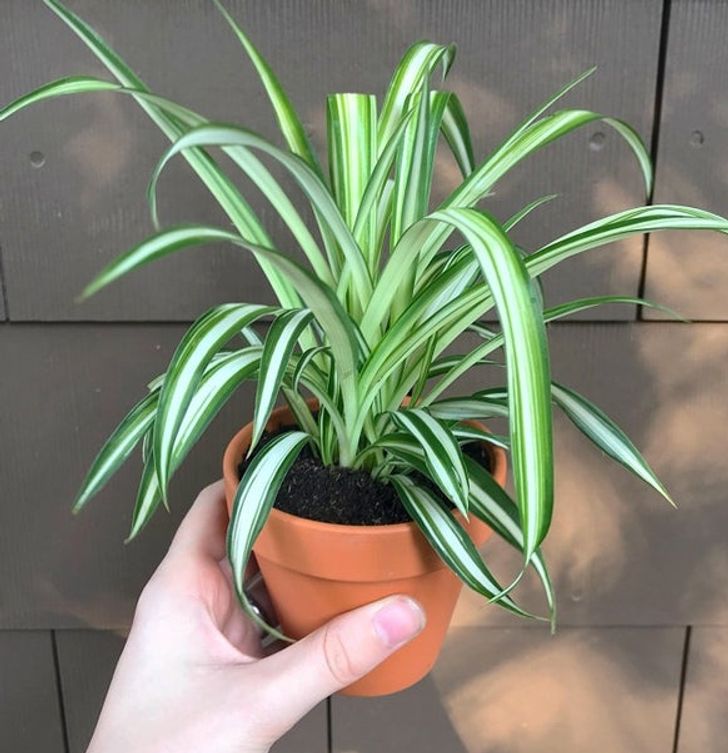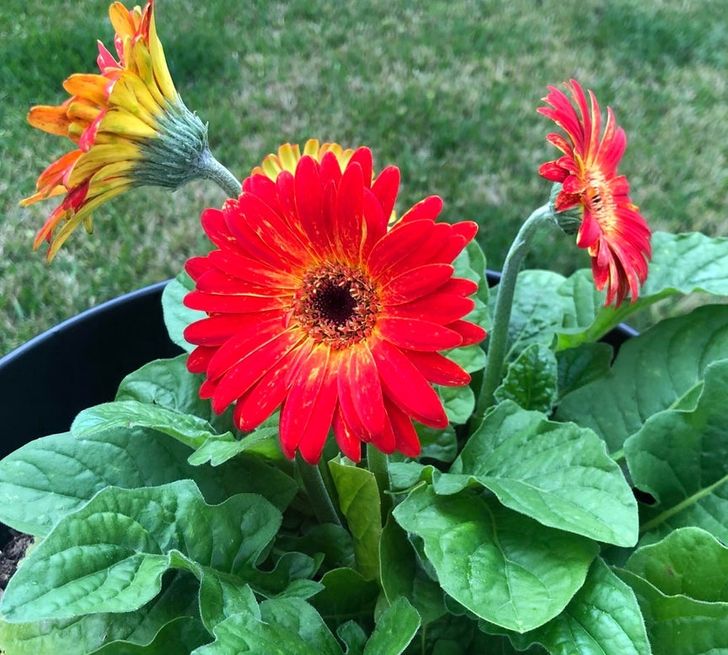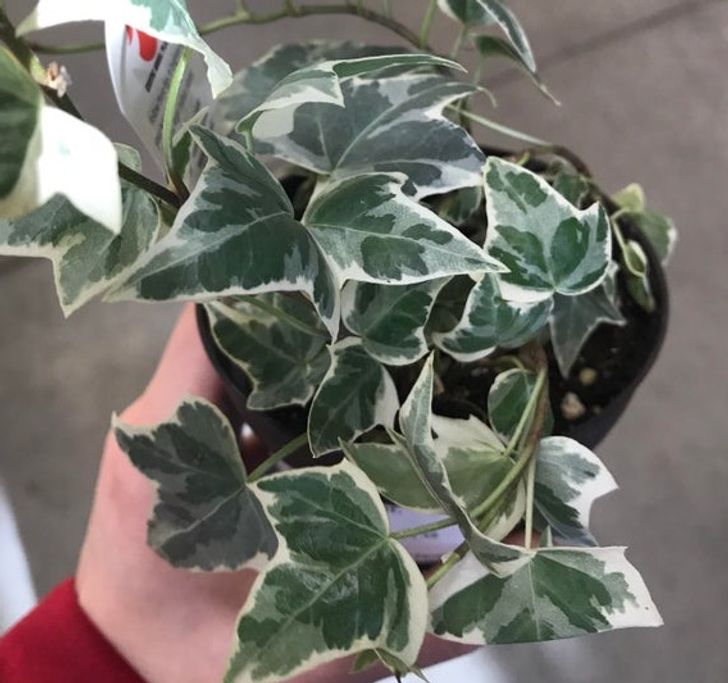And still beautify life!
15 Air Purifying Plants to Have in Your Home If You Suffer From Allergies
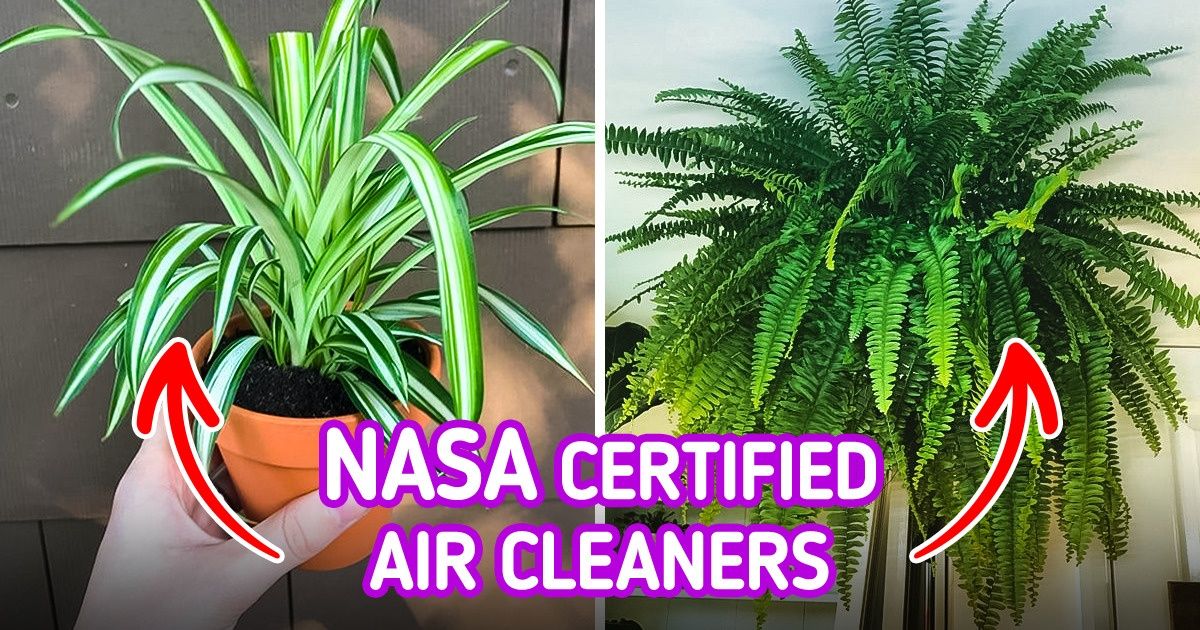
The statistics are huge: more than 50 million people can experience one kind of allergy a year, and researchers agree that air pollutants play a significant role in increasing that number. Components produced by cars and industrial activities can trigger asthma, allergic rhinitis, and other allergy disorders in adults and children all over the world. The good news is that there are some natural ways to prevent you and your family from suffering from these.
We believe we all should live in a safe space, and that’s why Bright Side gathered the best air-filtering plants you’ll want to have in your home to get rid of these unwanted allergies.
1. Peace lily
With their dark green leaves and white flowers, peace lilies aren’t only beautiful, but they’re also known for their purifying properties. Studies have shown that this plant can significantly reduce toxic and allergenic air pollutants.
2. Dracaena marginata
3. Chinese evergreen
The Chinese evergreen is one of the few NASA-recommended plants that can purify the air we breathe. It can clean benzene and formaldehyde from the air, the latter of which can pose “significant danger to human health.”
4. Rubber plant
5. Janet Craig
Whether you call it a Dracaena fragrans, a Janet Craig, or a cornstalk plant, you may want to have this type of plant in your home if you suffer from allergies. It can clean the air of toluene, which is known for aggravating asthma, allergic rhinitis, and atopic dermatitis.
6. Boston fern
7. Snake plant
As opposed to our previous point, the snake plant or “mother-in-law’s tongue” tends to thrive in dry places. It can also remove 4 of the 5 main toxins found in the air.
8. Aloe vera
You may be familiar with aloe vera being used as a cosmetic material or for medical purposes, but this plant has one more thing to add to its vast list of benefits. It can also purify the air of benzene and formaldehyde.
9. Flamingo lily
Putting a flamingo lily in your home can truly add an instant pop of color to the room thanks to its one-of-a-kind bright red flower. It can also filter out ammonia in the air, a chemical that can cause coughing, and nose and throat irritation. However, since many cases of allergies to this plant have been reported, make sure it’s safe to have in your house.
10. Bamboo palm
Native to subtropical and tropical regions of the Americas, it became popular as a house plant around the world. As it can grow up to 19 ft (6 m) tall, and typically serves as a decoration piece. The good news is that besides being beautiful, the bamboo palm can purify the air from trichloroethylene, a chemical compound that can cause headaches and dizziness.
11. Ficus
Also known as a weeping fig, a ficus can be used as real trees if grown outdoors. But if you choose to add this plant to your home’s interior, the best idea is to choose its miniature version that resembles bonsais. NASA also added this plant to its list of air-toxin purifiers.
12. Florist’s chrysanthemum
This plant can have flowers in many varieties of colors, and although its existence goes back thousands of years, now its popularity is due to its health properties. It can filter out trichloroethylene, ammonia, formaldehyde, benzene, and other chemicals from the air.
13. Spider plant
The spider plant is considered one of the easiest plants to have in your home, as it survives most conditions and suffers from few problems. Besides that, studies have shown that this plant is efficient at reducing indoor air pollution.
14. Barberton daisy
If you like flowers and suffer from allergies, the Gerbera Daisy, as it can also be called, can be your best friend. It blooms from summer to fall, and its leaves can clear out 3 dangerous air pollutants.
15. English ivy
If you let it, the English ivy can grow so much that it will climb any available surface. And if you choose to have this green feature in your home, it can also help with your breathing-related allergies, as it can filter out airborne toxins found inside your house.
What plants do you have, air purifiers or not? Share a photo of them with us in the comments!
Comments
I keep saying i want to start having indoor plants but its just getting round to it or knowing where to even begin. Where does one get plants like this.
Related Reads
11 Situations Where Something Went Unexpectedly Wrong

20 Times Kindness Won the Argument Without Saying a Word

12 Moments That Prove Kindness Still Matters in a World That Forgot How

I Refused to Split the Bill of Food I Didn’t Eat—I’m Not a Walking ATM

My Pregnant Roommate Tried to Kick Me Out—She Wasn’t Prepared for My Next Move

15 Times Romance Had Big Plans, but Real Life Wrote a Funnier Script

14 People Who Walked Straight Into Awkward Moments

15 Stories That Prove the Kindest Hearts Are the Strongest Survivors

12 Times Kindness Won Over Anger in the Best Way

I Refuse to Look Away After What My Stepson Did to My Son — It Destroyed Our Family

I Refuse to Be Forgotten After Raising My Stepson for 14 Years

10 Moments That Remind Us Quiet Kindness Is Mightier Than It Seems

